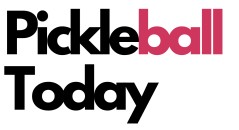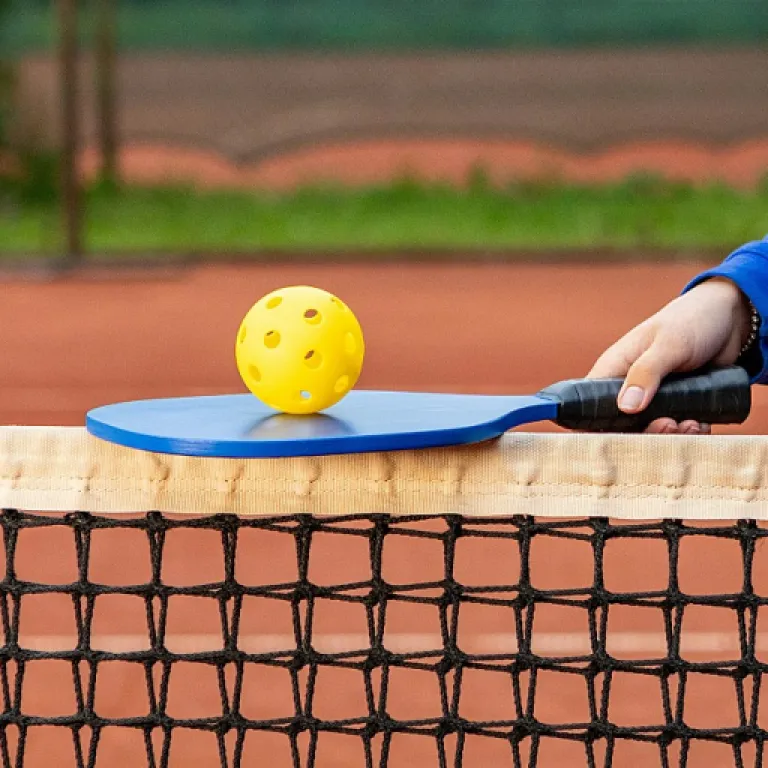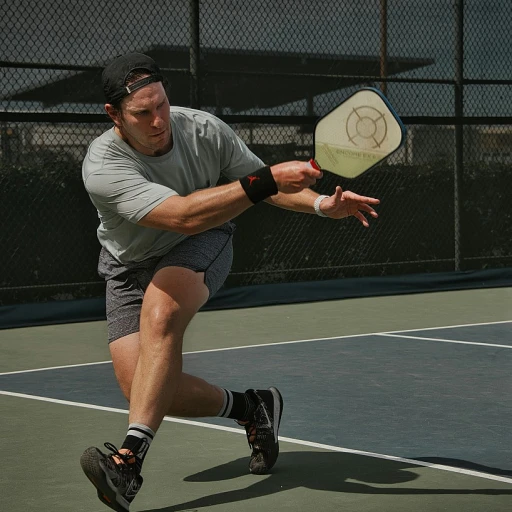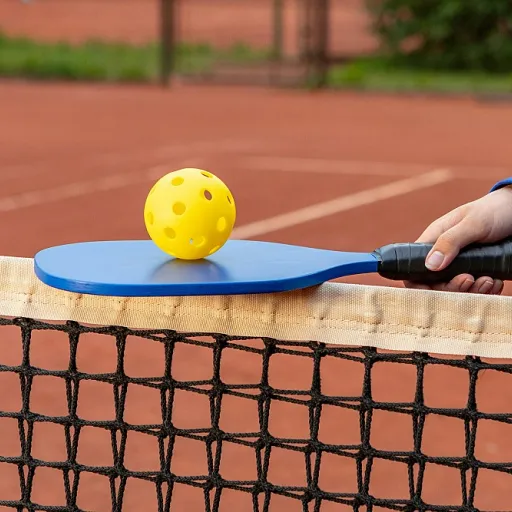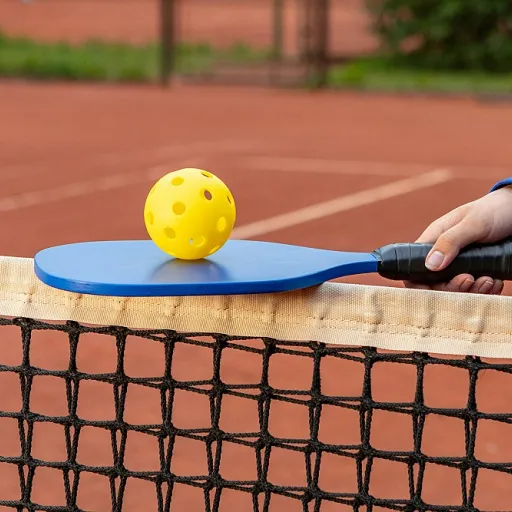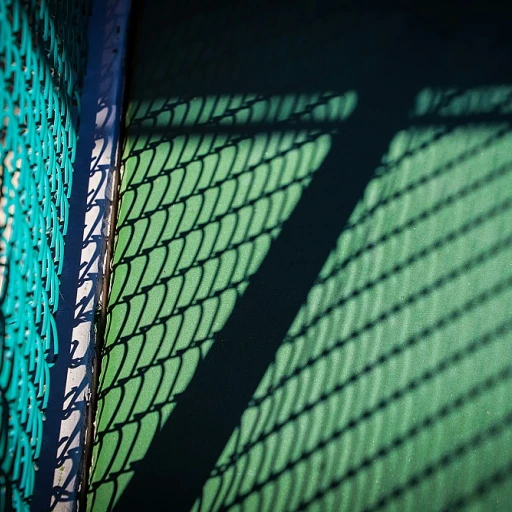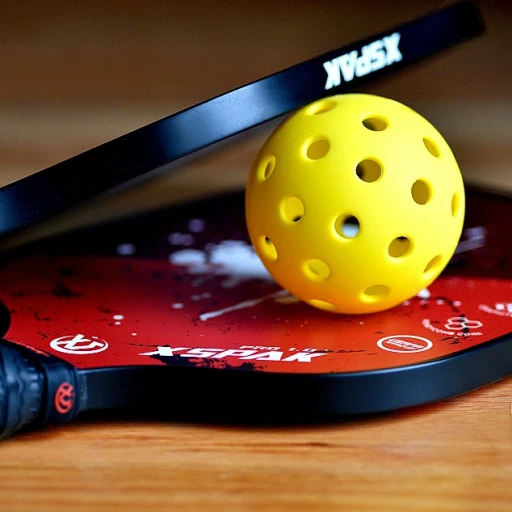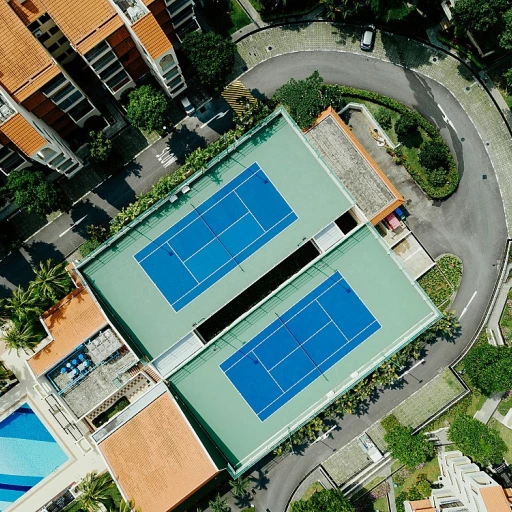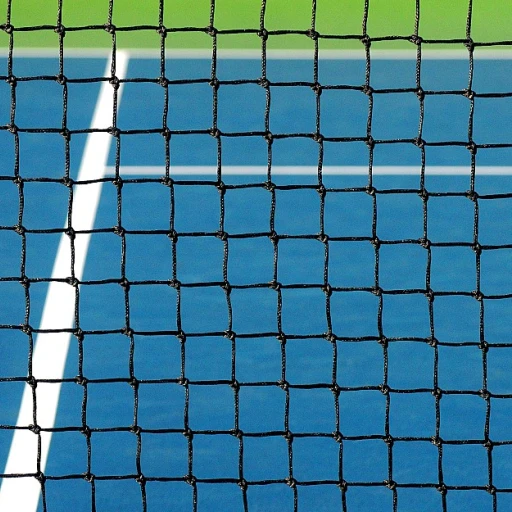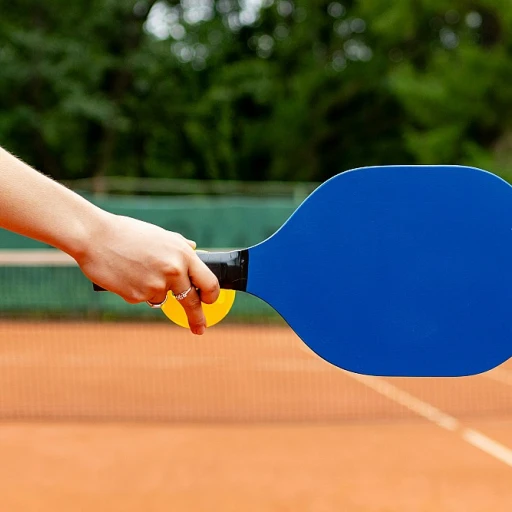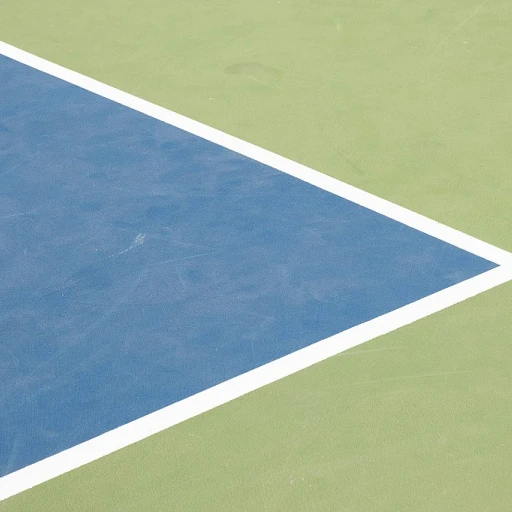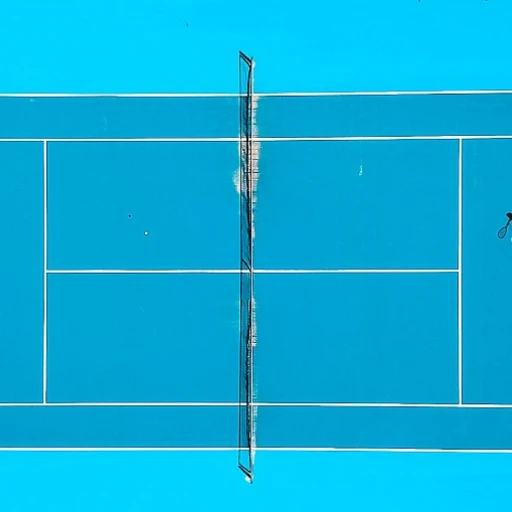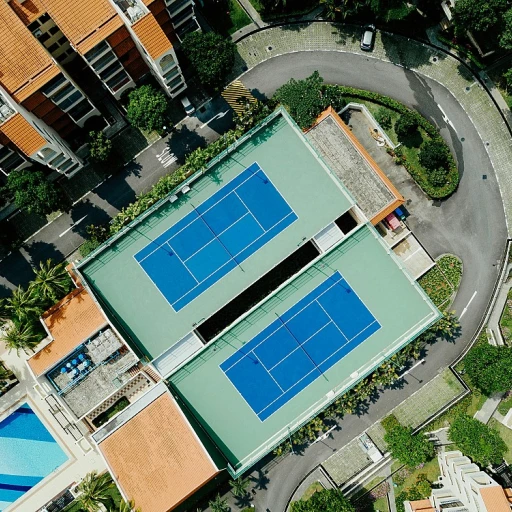
Understanding Indoor Pickleball Courts
Exploring the Unique Features of Indoor Pickleball Courts
Indoor pickleball courts have become a cornerstone for enthusiasts looking to enjoy the sport year-round. Unlike outdoor courts, indoor facilities offer a controlled environment, free from weather disruptions, making them ideal for consistent play. These courts are often found in community centers, dedicated sports complexes, and even converted spaces like old warehouses.
Understanding Court Types and Locations
There are various types of indoor pickleball courts, each offering different experiences for players. Some facilities, like those in Severna Park and Millersville, Maryland, provide dedicated pickleball courts, ensuring that the space is optimized for the sport. These locations often feature high-quality surfaces and ample lighting, enhancing the playing experience.
In contrast, multi-purpose courts might share space with other sports like tennis, requiring adjustments in court markings and net setups. It's crucial for players to be aware of the court details and type before heading out for a game.
Accessibility and Open Play Opportunities
Accessibility is another significant factor when considering indoor pickleball courts. Many facilities offer open play sessions, allowing players of all skill levels to join without prior reservations. This inclusivity fosters a community atmosphere, encouraging new players to learn and seasoned players to refine their skills.
Locations like Millersville, USA, and Severna Park are known for their vibrant pickleball scenes, offering lessons and leagues that cater to a wide range of players. These programs not only improve skills but also build camaraderie among participants.
Year-Round Play and Community Building
Indoor pickleball courts are pivotal in promoting year-round play, especially in regions with harsh weather conditions. By providing a reliable venue for play, these courts help maintain the momentum of local leagues and community events. This consistent availability is crucial for the growth and sustainability of pickleball as a sport.
As we delve deeper into the dynamics of indoor pickleball, we'll explore how leagues are rising in popularity and the challenges they face. Stay tuned for insights into how technology and future trends are shaping the indoor pickleball landscape.
The Rise of Indoor Pickleball Leagues
The Growing Popularity of Indoor Leagues
With the increasing allure of pickleball, indoor leagues have become an essential aspect of the sport's expansion. Locations such as Severna Park and Millersville, Maryland, have embraced this trend, providing cloudless, year-round conditions for enthusiasts to enjoy the game. Indoor pickleball has particularly thrived in areas with fluctuating seasonal weather, making it practical for players to continue their matches without interruption.
As these leagues gain momentum, several factors contribute to their burgeoning popularity. A key element is the diversity of court types available. Players can find dedicated pickleball courts, multi-purpose facilities that accommodate tennis as well, catering to varied preferences. This inclusive approach attracts players of all skill levels, ensuring everyone has the opportunity to engage with the indoor pickleball community.
Moreover, these leagues offer structured competition with varied levels of play, accommodating both casual and competitive players. The inclusion of open play sessions and scheduled lessons provides a flexible and informal environment, encouraging more individuals to join and play. Facilities like those in Severna Park and Millersville optimize this inclusivity via advanced amenities that support both practice and competitive matches.
Strategically placed courts enable easy access for enthusiasts living nearby, enhancing participation rates across demographics. As more players are drawn to the comfort and consistency of indoor courts, local communities are witnessing a unity among residents, all brought together by their shared passion for pickleball.
To experience the vibrant atmosphere of these indoor leagues firsthand, consider planning your ultimate pickleball getaway with an engaging escape to pickleball destinations that showcase the best of what indoor play has to offer.
Challenges Faced by Indoor Pickleball Leagues
Overcoming Barriers on Indoor Courts
Indoor pickleball courts have surged in popularity, offering year-round play opportunities in diverse locations like Severna Park and Millersville, Maryland. However, these indoor locations often encounter specific challenges that organizers and players need to navigate. First up, the availability and allocation of dedicated indoor spaces is a key concern. Many existing venues, including tennis and multi-purpose gyms, are often shared environments, and this requires strategic scheduling to accommodate both pickleball and other activities. The type of court surface can vary, affecting play dynamics and player satisfaction.Balancing Participation and Competition
Balancing open play sessions with league competitions is another hurdle. Open play attracts varied skill levels, while dedicated leagues need structured formats to foster fair play and ensure meaningful competition. This can prove challenging within indoor venues, which can have limited court availability compared to their outdoor counterparts.Operational Costs and Accessibility
Additionally, maintaining indoor facilities incurs significant operational costs. Climate control, lighting, and court maintenance are crucial yet expensive, leading some locations to offer pickleball lessons or host events to generate additional revenue. Accessibility, in terms of both physical location and court availability, also plays a crucial role in encouraging participation. To address these challenges, some leagues have turned to digital platforms to streamline scheduling and court allocation. Utilizing technology, they can improve communication among players and organizers, ensuring a smoother experience for everyone involved. For those interested in how digital integration can aid further, becoming a certified pickleball umpire involves understanding these technological tools in depth. Explore more on how to become a certified umpire. Despite the hurdles, the indoor pickleball community continues to thrive, driven by dedication to the sport and innovative solutions, ensuring players in areas like Severna Park and Millersville USA can enjoy their game, no matter the weather.Strategies for Successful Indoor Pickleball Leagues
Maximizing Participation and Building Community
Indoor pickleball leagues are thriving in various locations such as Severna Park and Millersville, Maryland. To ensure the success of these leagues, fostering community engagement is key. This involves creating an atmosphere where both new and experienced players feel welcomed. Leagues can achieve this by offering pickleball lessons, encouraging open play sessions, and organizing social events. Additionally, players can benefit from access to diverse court types, whether dedicated indoor courts or adaptable tennis courts.Diversifying Court Offerings and Enhancing Accessibility
Successful leagues should focus on diversifying their court options. Court details such as playing surface and indoor facilities significantly impact player experience. Park pickleball facilities need to be so located that they are accessible, offering both specialized courts for competitive matches and flexible spaces for casual play. Furthermore, embracing different court types, whether dedicated pickleball courts or mixed-use spaces, helps accommodate varying levels of play.Integrating Technology for Efficient Management
Innovative technology solutions can streamline league operations by offering scheduling software for open play sessions and league matches. Apps providing real-time updates on court availability empower players to plan effectively, ensuring courts remain in use throughout the year. Efficient use of technology can also facilitate skill tracking, enhancing player development through tailored pickleball lessons.Promoting Inclusivity and Ensuring Fairness
To maintain integrity and enjoyment in the sport, leagues should adopt clear guidelines promoting fair play and inclusivity. Establishing codes of conduct and ensuring that all attendees are familiar with rules specific to indoor play can prevent conflicts. Beyond court management, leagues in areas like Millersville, USA, should emphasize inclusivity, encouraging participation across diverse demographics. In embracing these strategies, indoor pickleball leagues can not only overcome common challenges but also nurture a vibrant sporting community.The Role of Technology in Indoor Pickleball
Integrating Technology for Enhanced Performance and Organization
Indoor pickleball has seen significant growth, and technology plays a crucial role in its development and management. From tracking players' performance to managing indoor courts efficiently, technology is revolutionizing how players and organizers approach the game. One of the most impactful developments is the emergence of apps and software designed specifically for pickleball management. These tools allow players to book indoor courts at locations such as Severna Park or Millersville, Maryland, offering them real-time views of court availability. Players can easily find open play sessions or join leagues, ensuring seamless integration into the vibrant indoor pickleball community. Moreover, dedicated pickleball apps provide invaluable features such as:- Performance Tracking: Players can track their game statistics, including the number of putaways, serving accuracy, and court coverage, leading to more focused training sessions and improved gameplay.
- Virtual Coordinators: Leagues can use technology to organize schedules, track scores, manage registrations, and connect players to lessons and games, optimizing every aspect of league play.
- Customized Court Booking: Apps cater to different court types and allow for the reservation of dedicated pickleball courts or shared tennis courts converted for indoor play, providing flexibility and convenience for players.
